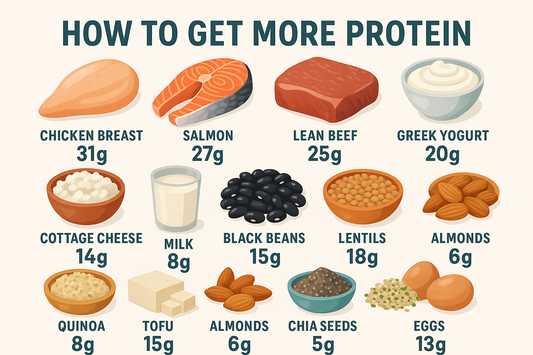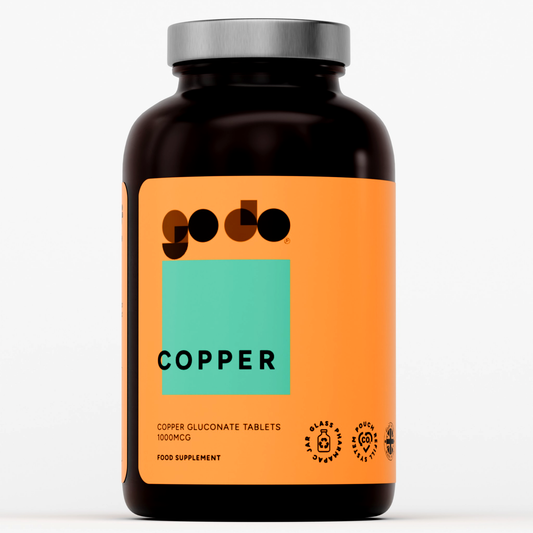Have you heard about this new training method that is taking the world of professional athletes
by storm? Do you know what cryotherapy training is and why it’s supposed to be so beneficial to
the human body?
Cryotherapy training involves helping the body heal after intense physical exercise via dropping
its core temperature. That means that old days of heat pads are gone and finding ice baths of
sorts in their place.
Benefits of Cryotherapy
What are the advantages of ice over heat? According to those who engage in this type of training,
one of the most marked benefits is the reduced soreness they feel. That’s why it’s so common in
sports such as football, rugby and cycling, where participants are engaged in constant strenuous
physical activity.
However, cryotherapy is suggested to have medical benefits as well. That’s why they use
this type of body heat reduction in people who have experienced serious medical situations
such as cardiac arrest. They find that the body doesn’t suffer so much damage when the core
temperatures are lowered carefully and appropriately.
The Cryotherapy Chamber
Obviously, dealing with ice to create a bath that stays cold presents quite a challenge. Therefore,
the invention of the cryotherapy chamber has made this sort of training easier than in the past.
The chamber is -110 degrees Celsius (-166 degrees Fahrenheit), so the individual using it has to
take frostbite precautions by covering their hands, feet, head and other sensitive body regions.
Because the temperatures are so extreme, participants are only in the chamber for a couple of
minutes. Also, they are instructed to keep moving as much as possible so that circulation doesn’t
become an issue.
Does cryotherapy work? Some studies say yes and some say not as much as some people would
like to think. As more research is completed, we’re likely to know for sure. Until then, it’s sure
to remain a training method used the world over.










